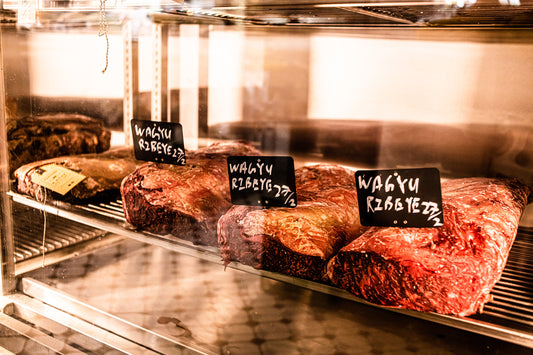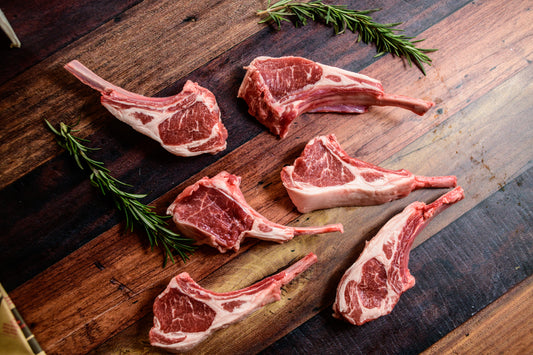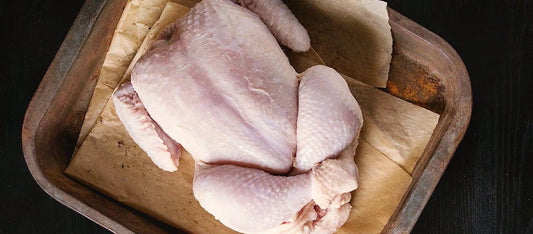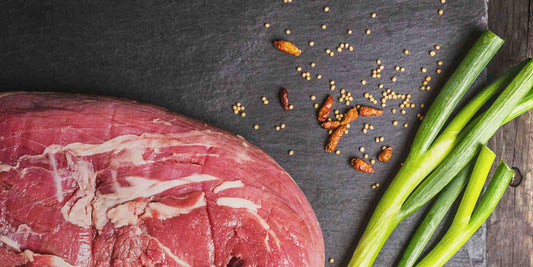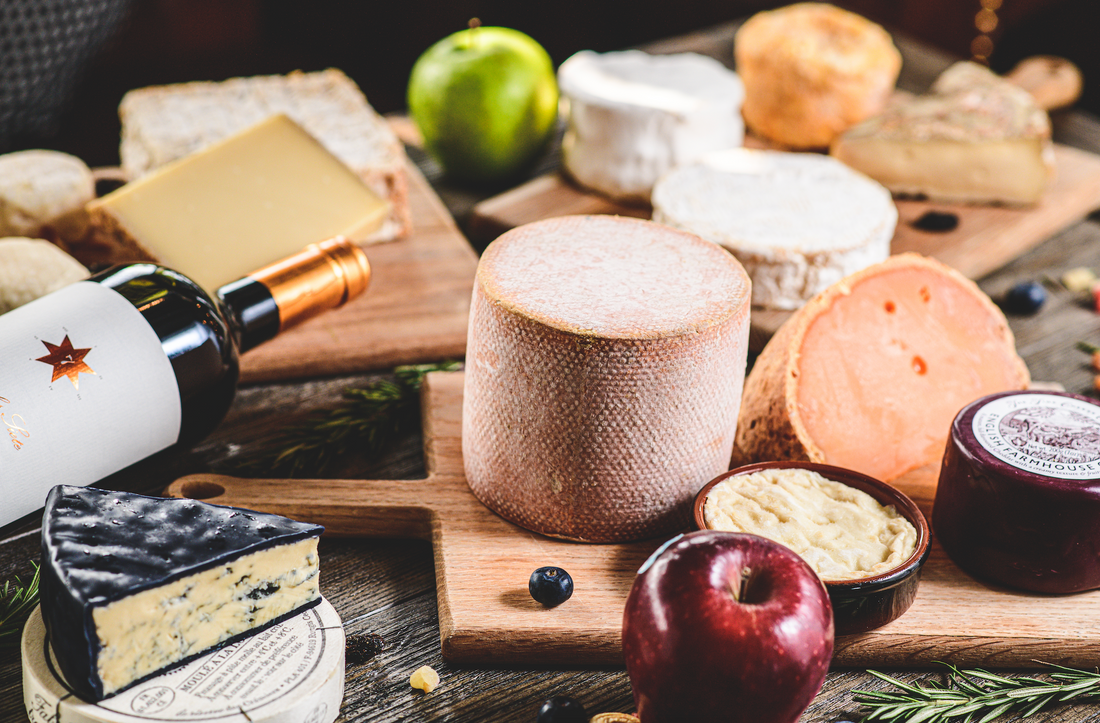
The FAB Guide to Types of Cheese
We’re all fans of cheese! They can pair up with nearly any dish, and serve as a tasty snack when there’s only a wedge to nibble on. However, when the cheese platter comes out, which cheese is which, and which pairs best with what dish? Want a great idea? (Sorry for the cheesy pun.) Read below for a crash course on popular types of cheese before your next visit to our cheese counters.
HARD CHEESE
Hard cheeses have a lower moisture content than soft cheeses and are packed into moulds that undergo tons of pressure, and are are usually aged longer than soft cheese. Some of the more common ones are parmesan, cheddar, and Swiss.
Parmigiano-Reggiano
Commonly known as Parmesan in the English speaking world, this dense, granular cheese produces a strong fruity, nutty flavour. It’s great grated on pasta dishes, such as white wine sauce pasta or with tomato sauces.
Cheddar
Originally produced exclusively in England, cheddar cheese is the most widely purchased and eaten cheese in the world. It has a creamy, sharp flavour. But the sharpness of it depends on ageing time – the longer ageing period, the sharper the cheddar.
Swiss
Swiss cheese is a balance between nutty and sweet. The larger the holes in a wedge of Swiss cheese, the more pronounced the flavour. The holes are sometimes called “eyes,” so cheese with few or no “eyes” are called “blind.”
SEMI-SOFT CHEESE
Semi-soft cheese has a higher moisture content compared to harder cheese, and it also tends to have a milder taste. Mozzarella and muenster are the more oft-heard ones.
Mozzarella
Originally made from the milk of water buffalo, today’s mozzarella cheese is made from cow’s milk. And unlike many cheeses, mozzarella is not aged. The fresh, milky flavor makes it the perfect cheese to pair with pizza.
Muenster
Muenster is a smooth, moist cheese that varies in intensity, from mild to sharp. Because of its incredible melting properties, Muenster is perfect in mac ‘n cheese, burgers and grilled cheese sandwiches.
SOFT CHEESE
Soft cheese is basically the opposite of hard cheese, mild and not-so-firm, and it’s perfect to spread on crackers. Some famous ones are brie and feta.
Brie
This French cheese is one of the most known out there, and it has well deserved its nickname, The Queen of Cheeses. The fruity, nutty cheese is a great dessert cheese that is best enjoyed smelly. Some would have it for that “the stinkier the better.”
Feta
Feta is usually made from a combination of goat’s milk and sheep’s milk making it perfect for those that don’t take dairy. Depending on the region where it’s made, the flavour, texture, and aroma varies – from soft, creamy and nearly hole-less, to intense, robust, and sometimes dry.
FRESH CHEESE
Fresh cheeses can spoil in a few days without the proper preservatives. These cheese are extra soft, easily spreadable and quite mild. The more common ones are ricotta and cream cheese.
Ricotta
Ricotta is a fresh Italian cheese that is made from the whey leftover from sheep, cow, goat or buffalo milk during the production of cheese. The sweet, fluffy cheese has a light consistency. Hungry for a quick snack? Ricotta is the perfect addition to toast.
Cream Cheese
Cream cheese is a soft, mild-tasting cheese with high fat content. Because it is not naturally matured, cream cheese is best enjoyed fresh, setting it apart from other soft cheeses. Cream cheese can take on many different flavours, from basil to berry.
